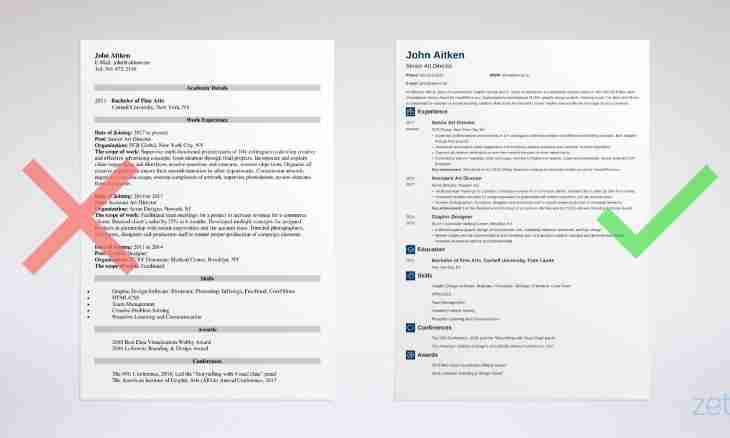From that, the website is how successfully imposed, its efficiency, esthetic attractiveness, functionality and convenience to visitors depends. Imposition is one of the most important moments of development of the website and in order that there were no conflicts between imposition and design of the website, the developer should consider certain rules and standards, the general for all Internet pages.
Instruction
1. It is not obligatory to do imposition too difficult – the imposed page should correspond to the maximum to how the designer presents the model of future website. Excessively difficult imposition can lead to the fact that initial design ideas will not be implemented on pages of the website.
2. At imposition of a template it is important to remember that navigation of the website should be intuitive and convenient for each visitor. Each page should correspond to the section – on it there have to be headings, menus, the illuminated buttons helping visitors to determine in what part of the website they are at present. Do not forget also about thematic orientation of the website which you impose – fill imposition with the content corresponding to subject of the website, and not deviating it.
3. All pages in imposition should be connected with each other – the visitor of the website should have an opportunity to pass at any time to the homepage of the website from any of its pages, and it means that the maker-up should think over the competent system of placement of pages and hyperlinks between them.
4. Imposing a website template, make sure that pages of the website will correctly open in the majority of modern browsers, including, in Internet Explorer. Also the correctness of display of the website in network depends on whether has the website in all the sections identical coding. You should not include several different codings in the website – it will lead to the wrong page display in network.
5. All pages of the website should have meta-tags and title-tags. Use HTML tags competently – do not overload the website with unnecessary tags, use them only for designated purpose. Tags in which there is no need need to be deleted. Installing tags on the website, you monitor that contents of the tag corresponded to its name. For example, the header tag should contain page heading, and in the logo tag – a logo.
